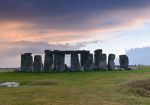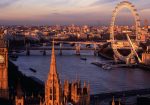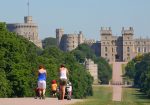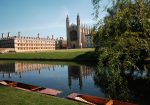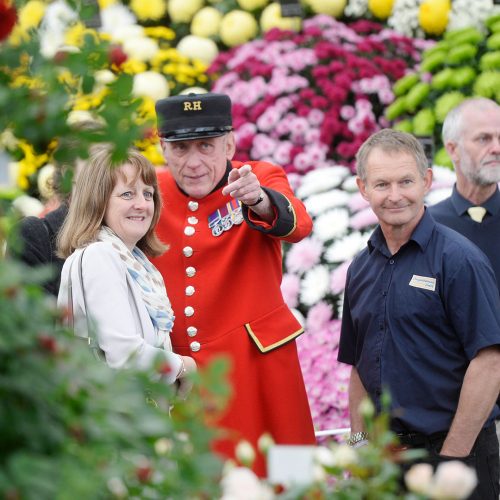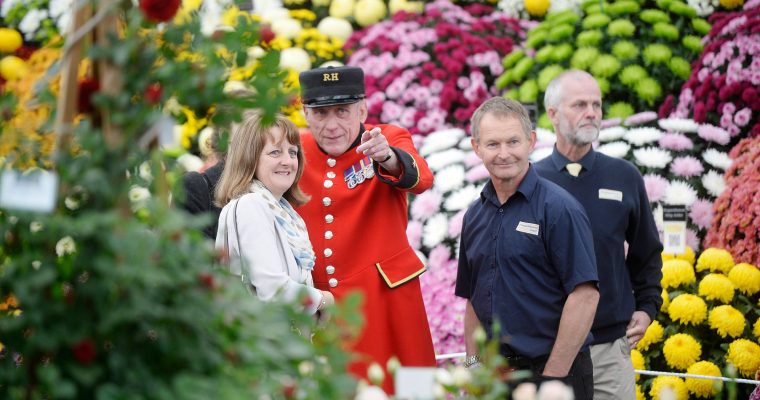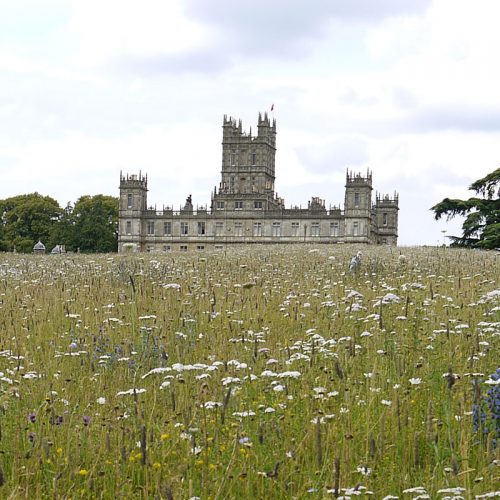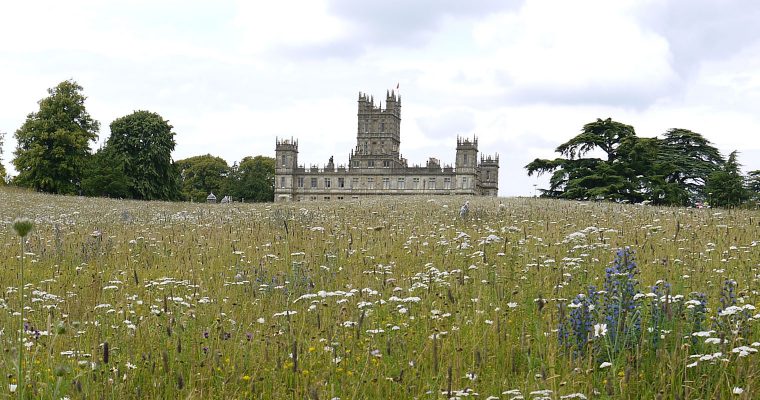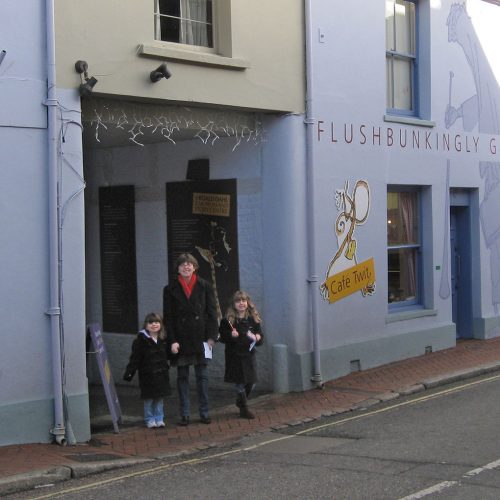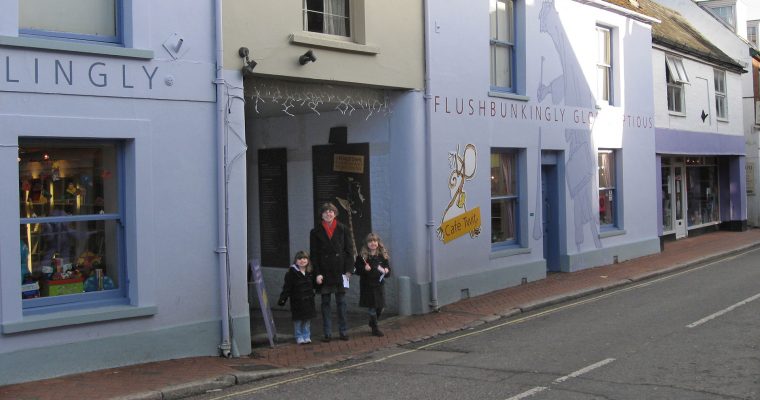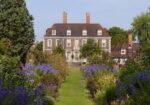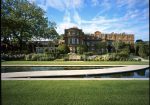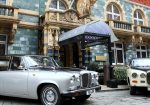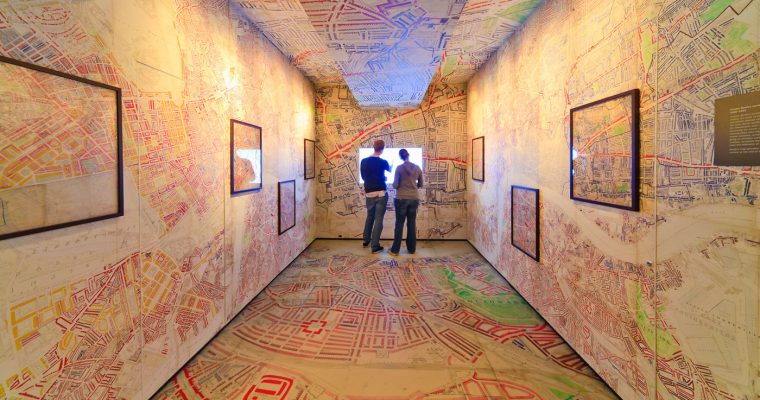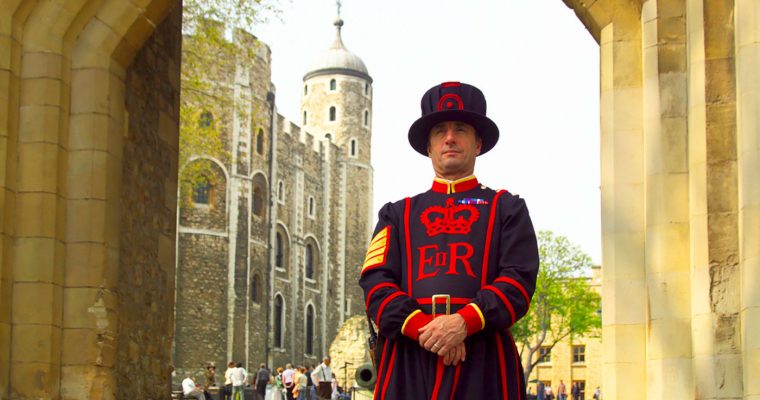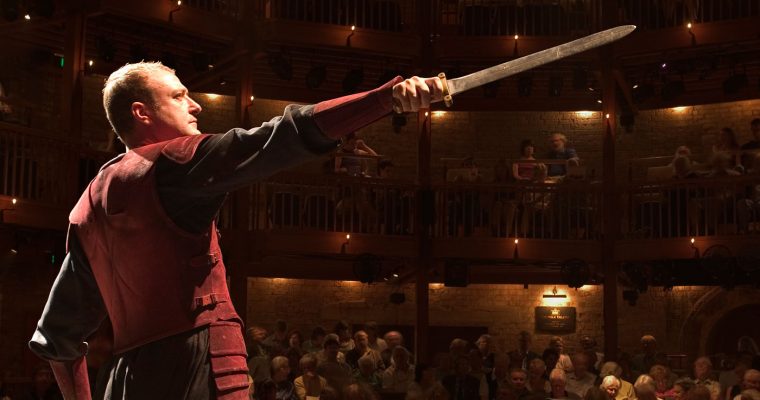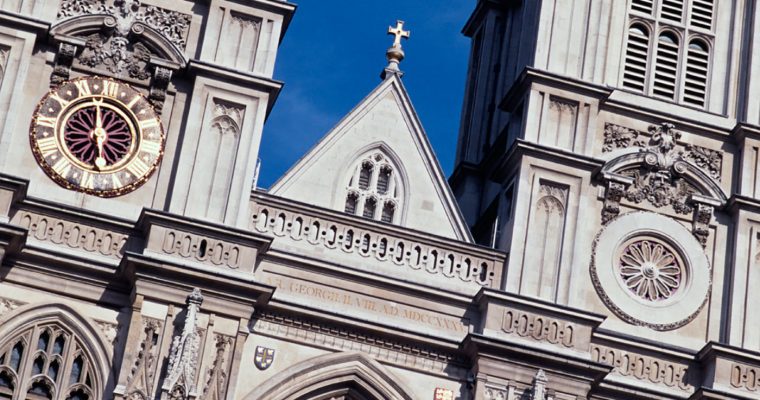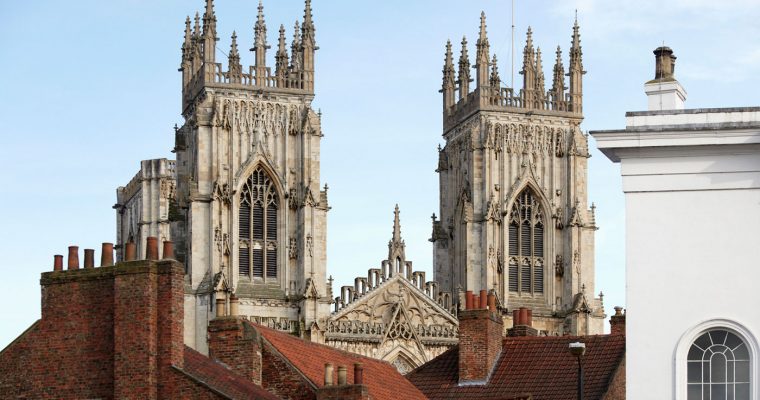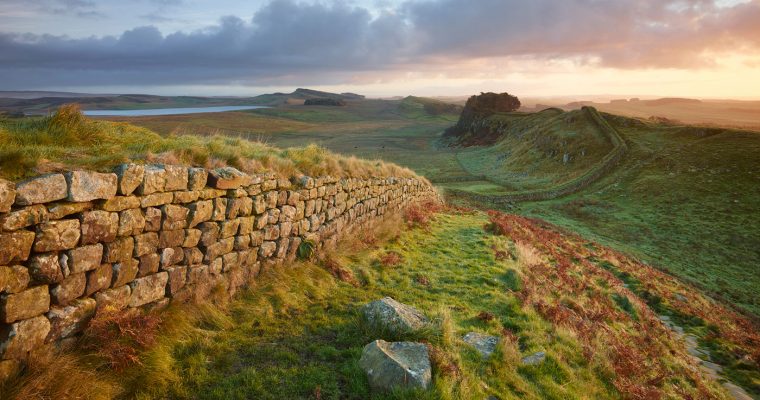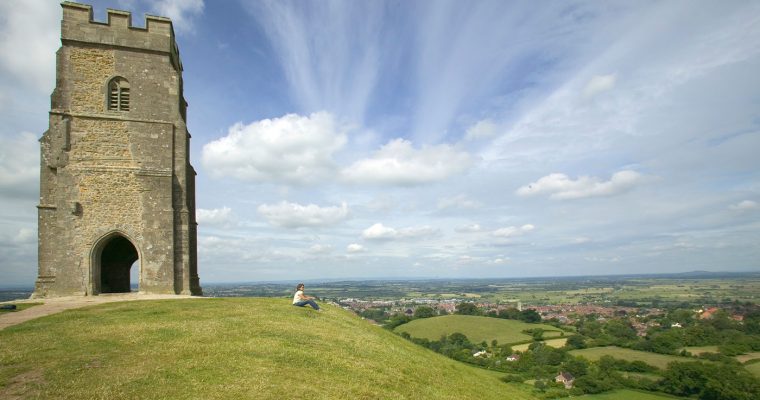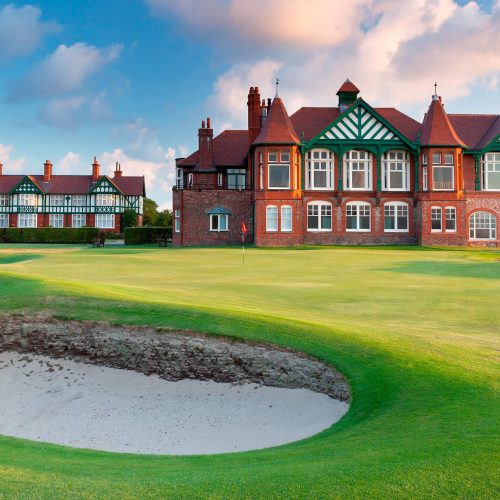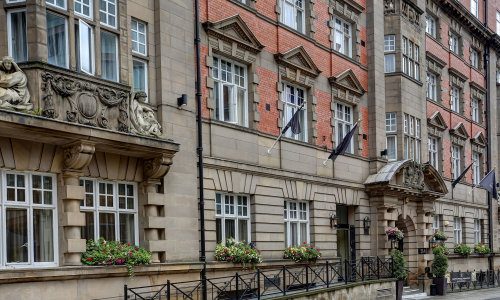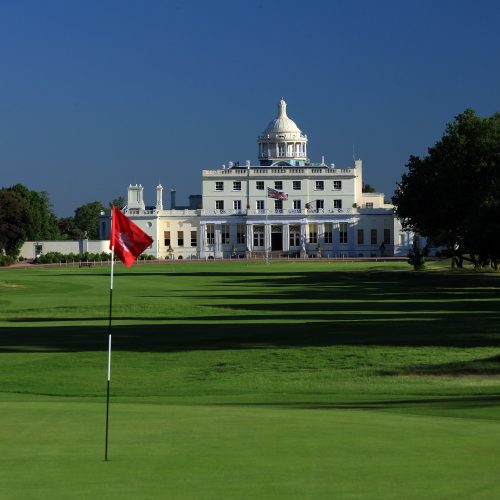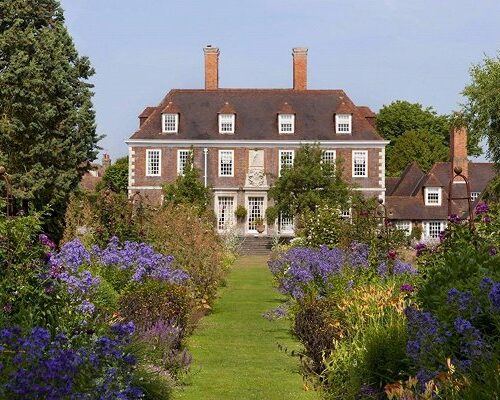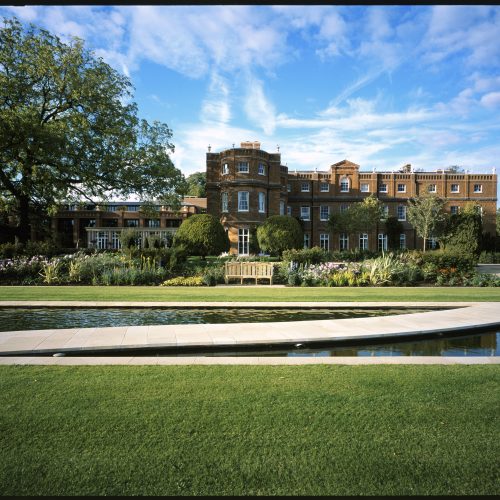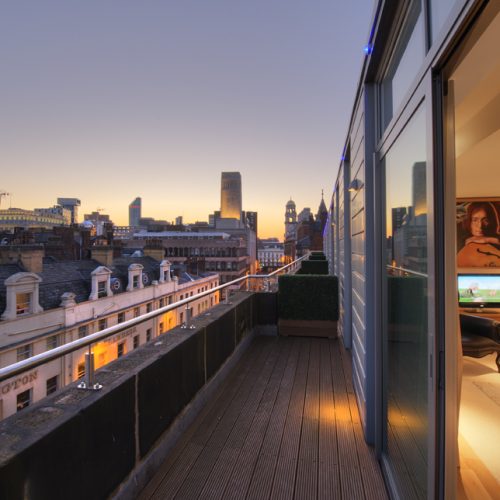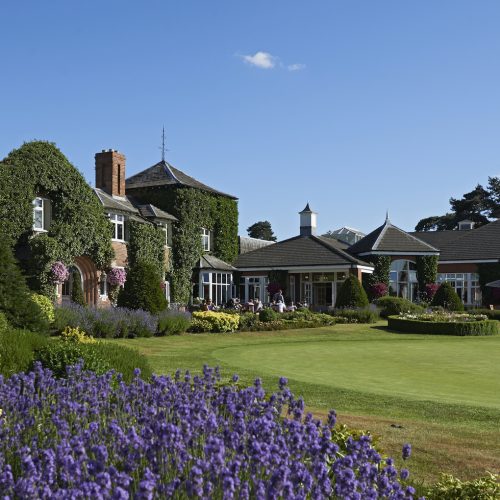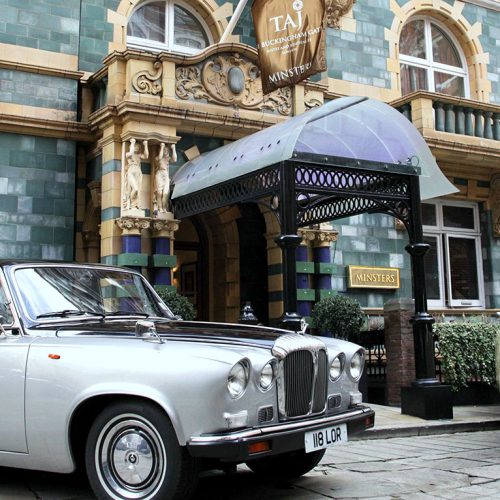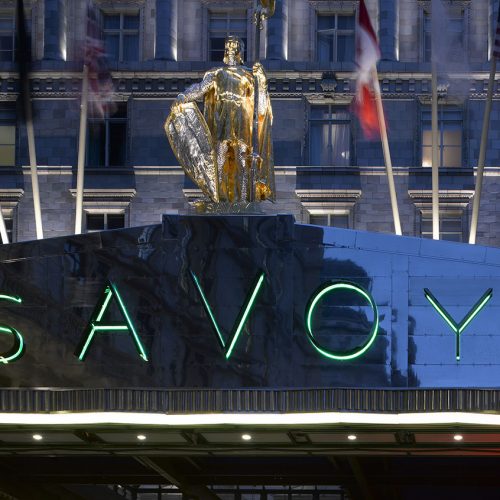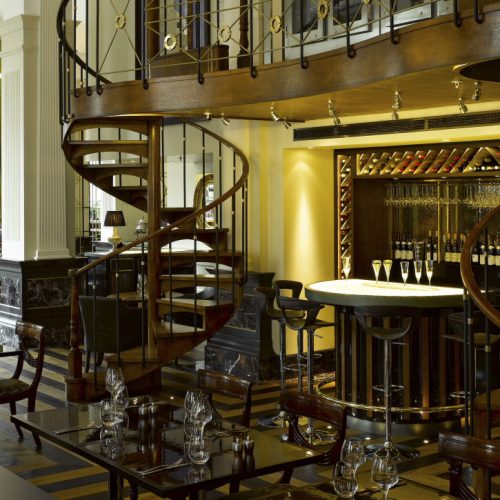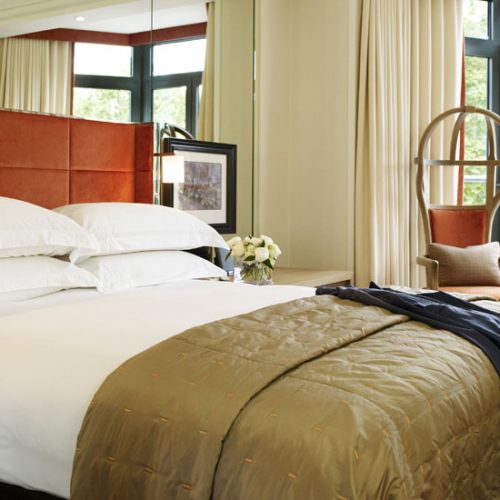Europe
England
THAT GREEN AND SCEPTER'D ISLE
Why We Love England
This green and scepter’d isle has played a significant role in the history of Europe and the world for millenia, and that history can be seen and felt everywhere from Stonehenge to Canterbury to London. This is a country that begins and ends with one of the world’s greatest cities, yet is defined by the delightful villages to be found down any curving two-lane country road. Home of the Mother Tongue of English, it is a land rich in literature, drama, scholarship and fun, where both Shakespeare and the Beatles are universally recognized. Home of an Empire upon which the sun never set, England today is a busy, peaceful, welcoming place where a cup of tea and a biscuit or a pint of a good ale savored in front of a fire is proof that civilization still exists in the world.
Inspired Experiences in England
Contact your Distincte Travel Advisors to personalize your travel experience.
+1 877 327 0058
Top Destinations in England
Articles
The Really Big Show
The Really Big Show
The Shakespeare of Gardening
The Shakespeare of Gardening
Explore the Wondercrump World of Roald Dahl
Explore the Wondercrump World of Roald Dahl
Overview
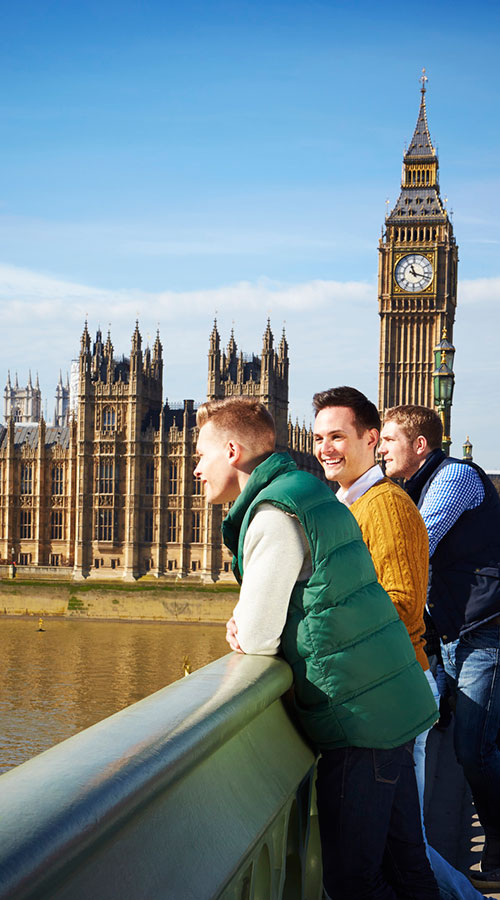 This royal throne of kings, this sceptred isle,
This royal throne of kings, this sceptred isle,
This earth of majesty, this seat of Mars,
This other Eden, demi-paradise,
This fortress built by Nature for herself
Against infection and the hand of war,
This happy breed of men, this little world,
This precious stone set in the silver sea,
Which serves it in the office of a wall
Or as a moat defensive to a house,
Against the envy of less happier lands,-
This blessed plot, this earth, this realm, this England.
As usual, Shakespeare (in his play Richard II) had it exactly right. The sceptered isle is indeed a blessed plot, and one that never fails to impress itself on visitors.
From the Roman-built Hadrian’s Wall in the far north to the 24/7 buzz that is London, England is full of amazing variety. The cities are filled with culture, history and commerce; the countryside offers tranquility, peace and scenic beauty.
Anywhere one goes, there are several layers of history to unpack. You can touch the rough-hewn stones of a 5,000-year-old megalith or walk on the ramparts of a medieval castle. Follow the legend and myths of King Arthur, walk through the meadow where King John signed the Magna Carta, or tour the dank catacombs beneath the Tower of London where so may royal figures met their ends.
Or celebrate England’s modern culture. Take in a play at the ancient Globe, or one of London’s West End showplaces. Wander through one of dozens of world-class museums and admire the creativity of mankind that has been preserved through the ages. Visit the places that inspired the sonnets and novels and plays that continue to inspire and entertain us today.
It is said that when one tires of London, one tires of life. The same can be said for England as a whole. “This happy breed of men, this little world, this precious stone set in the silver sea…” perfectly sums up what a visitor is likely to encounter anywhere one goes.
Quick Facts
English, of course, is the official language. In London and other major cities, it is never difficult to find someone who also speaks one of the European tongues as well.
The official currency is the English pound sterling (£). The pound is divided by 100 pence. The U.S. dollar buys approximately £0.80. Please check the current exchange rate before traveling, as it changes daily.
The electrical current in England is 230V and the cycle is 50Hz and you will need a converter if you have appliances that don't accept this voltage. The power plugs and sockets are of type G, square three-pin plugs are standard.
Internet connections and WiFi spots are found throughout the country. Most major hotels provide good accessibility.
Visitors from the United States (and most other Western nations) are not required to have a visa to enter the United Kingdom (England, Wales, Scotland and Northern Ireland). A valid passport is required for entry.
Tap water throughout the U.K. is treated and purified and is safe to drink.
The United Kingdom is not on Greenwich Mean Time (GMT) all year. During Daylight Saving Time (DST) the correct time zone is British Summer Time (BST). The UK observes DST from March to October every year. During BST (GMT +1), when it is noon in New York, it is 5 p.m. in London.
Although visitors arrive year-round, England’s peak tourist season is in the summer months: May through October.




